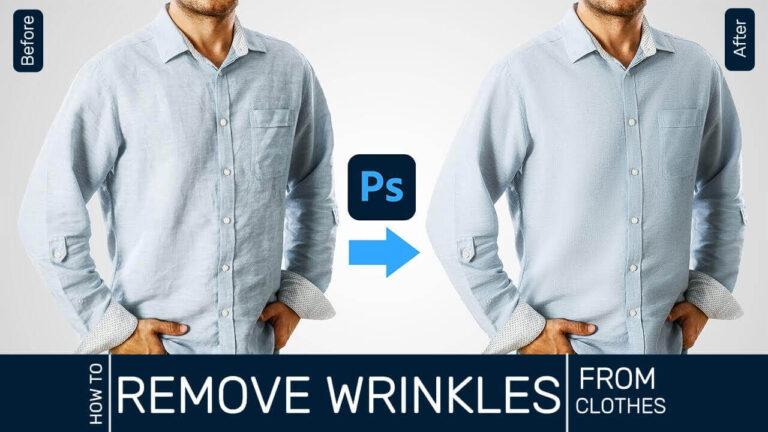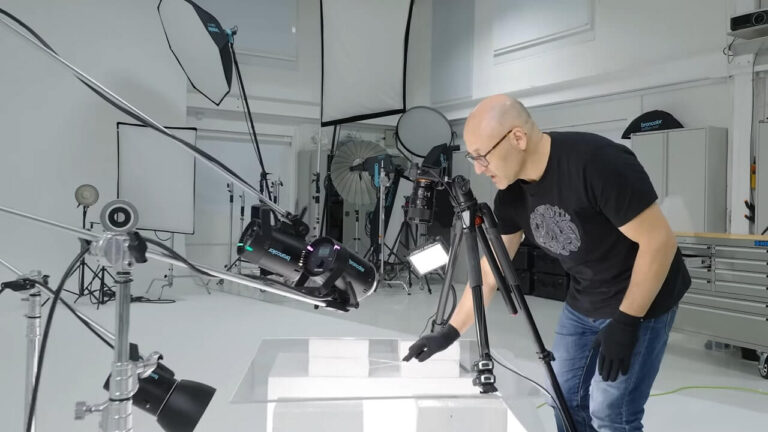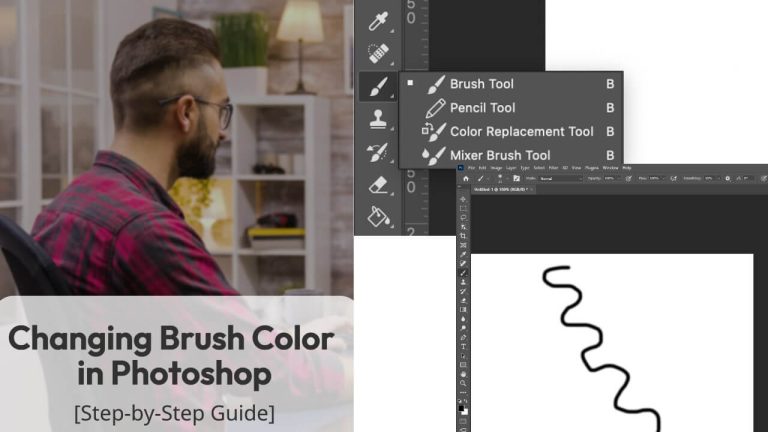Color is essential for both photos and videos. But the method of color differs from one medium to the other in both cases. Here are five color grading mistakes that photo editors should avoid for good color correction of pictures.
It is not unusual for videographers to make common mistakes when it comes to color correction services. Numerous photographers have made the leap from still photography to videography.
For starters, many still cameras are hybrids, meaning used for both photography and video. Not only that, but some of the greatest still cameras are also quite capable video cameras, which is a rare combination.
So what are the top five mistakes amateurs make while doing color correction?
Not being familiar with color theory.
When you work as a colorist, having a working understanding of color theory is beneficial. Therefore, learning about color theory is essential. Color theory is a combination of the science of color and the art of using color.
Learn about how individuals perceive colors and the visual effects when colors blend, match, or contrast with one another. Similarly, color theory encompasses the signals that colors convey and the techniques employed to replicate color.
Understand the fundamental reality that some colors do not complement one another, just as specific colors do not when mixed.
The color wheel uses color theory to arrange and categorize colors into three categories; primary colors, secondary colors, and tertiary colors.
Then brush up on your understanding of monochromatic, analogous, split complementary, complementary, triad, and tetradic hues by taking a color theory class. Finally, look at the color wheel and discover what works well with what and what doesn’t work.
Not fixing the color first.
Without a doubt, the most common error that beginning colorists make. Colorists who lack prior coloring knowledge are more likely to create a look or color grade without adjusting to their material.
If you’re color correcting any content, the first and most important thing you should do is modify the complete set of photos so that you have a clean slate to work with. Color correction is similar to drawing a neat sketch before moving on to the actual coloring process.
Shadows appear from the darkest regions of the material, while the brightest areas represent highlights. Furthermore, the light levels that exist between the blacks and whites are indicative of mid-tones.
It is critical to achieve a proper balance between these aspects. By reducing the contrast in the shadows, you will establish a starting point to begin the color correcting procedure.
Once you’ve finished with the shadows, it’s time to work with the highlights. By enhancing the contrast between the highlights and the background, the content will be at its finest.
It is critical not to overdo the highlights since doing so may result in the overexposure of the material’s brightest parts, which can be detrimental to the overall effect.
The third stage involves balancing mid-tones to alter the exposure of the light levels in the photograph. Having established the appropriate contrast through highlights and shadows, you may use mid-tones to balance the material and create the greatest possible effect.
Not being familiar with the color scheme.
It is a mistake to make informed judgments about color editing when the colors are straightforward and basic. Designers tend to overcomplicate color and formulation out of concern, but they are effortless to do well in reality.
Knowing the formulation, the distinct elements such as permanent, demi, and semi, their differences, and the extent of their application, we will tell which aspects of material need to be modified and how color impacts it more effectively.
Not having a monitor that has been adequately calibrated.
It is not enough to be familiar with color theory only. As a designer, having your monitor correctly calibrated helps guarantee that the colors you see on your screen are correct and constant throughout your work.
Essentially, this means that whatever you see on your screen will be the same as what everyone else sees. Naturally, therefore, observing and altering color more accurately when using a properly calibrated monitor concerning a common color space.
In addition, while working with movies, particularly 4K to 8K videos, you will notice a better viewing experience.
An excessive amount of color correction.
A skilled colorist knows how to use detail to their advantage. When it comes to creating a warm and inviting atmosphere in content, they understand the significance of not making it too evident for the audience to observe. When it comes to their specialization, understanding when to create an applicable limit has a significant influence.
The majority of the time, first-time colorists are responsible for their appearances. It may be too much or too little, with neither attaining the desired “perfect balance.” It’s good to have more extreme looks on both ends of the spectrum now and then.
As a result, in ninety percent of situations, keeping consistency and making it appear as natural and authentic as possible while simultaneously placing a high priority on originality and style is the most effective course of action to get the most remarkable results.
As a service provider, you should strive to make your client’s experience as pleasurable as you possibly can!
Although each one of the colorists follows a distinct path and employs a different coloring technique, having faith in one’s work distinguishes the most delicate colorist from everyone else.
Try not to be intimidated by the prospect of going a little crazy with some shots and doing whatever you believe is appropriate. You might surprise by the outcome. It’s all about the coloring process’s creative thinking. In any case, remember to enjoy yourself while doing it since that is what is truly important!
Professionals should carry out color correction services for exclusive and effective outcomes. Therefore, we recommend hiring a professional for color correction and photo retouching services for doing things better.
Feature image source by Nathan Salt








